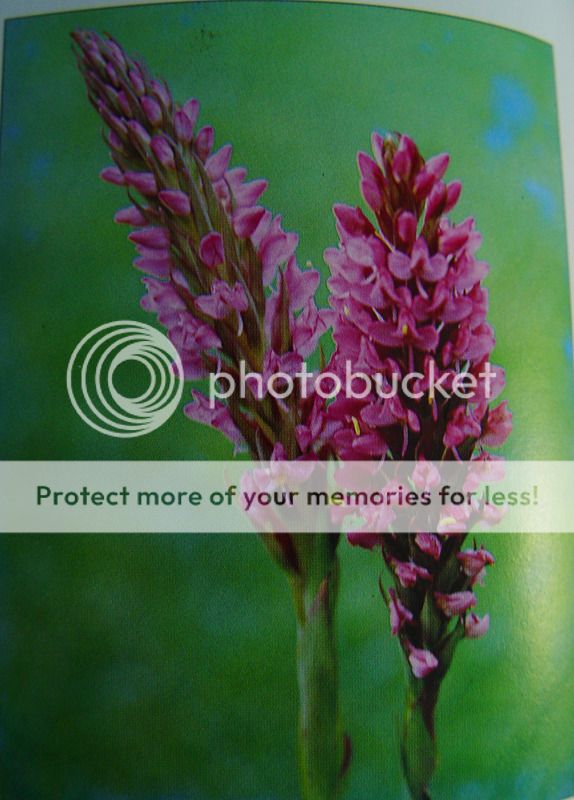Yup, I selfed it.
Excellent. You will get an amazing variety of plants from that single pod.

Yup, I selfed it.
Lovely! To me Disa's are the Masdevallia's of the old world!
Most people think of Disa's as being only native to the Southern Hemisphere of Africa, and mainly grow in South Africa. Although it is true that most species are native to Southern Africa, some grow in Madagascar, Central, West and East Africa. I used to live in Kenya, and I believe there are 8 native species of Disa in Kenya. Most of these species grow on isolated mountains or uplands like Mount Kenya, Mount Kilimanjaro and Mount Elgon. The most northern species of Disa grows on the Arabian peninsula!
Here is a distribution map of all Disa species if interested:
https://upload.wikimedia.org/wikipe...ution_map.jpg/250px-Disa_distribution_map.jpg
Robert
Excellent. You will get an amazing variety of plants from that single pod.
Thank you, Robert. That's an interesting map. I didn't realize either that Disas are represented are represented over such a wide area. Although, a bunch of the species involved are considered by some taxonomists to belong to related; but, different Genus'. I can't remember the exact number; but, there is well over 100 different species of Disa.
When I refer to Disas and talk in generalities, I'm refering only to the 5 - 7 species that are mostly "evergreen", "winter rain" and "summer blooming" and which are regularly grown in cultivation and/or used in hybridization. The species are: uniflora, cardinalis, aurata, tripetaloides, racemosa and sometimes venosa and caulescens. It is my understanding that most of the rest of the species are either of little horticultural interest; or, nearly if not absolutely impossible to grow in cultivation.



Interesting! ...but, where there's a will there's a way. People here are posting pics of cyp or other terrestrial species once thought impossible here. These pictured above may need such extreme conditions that moderate greenhouse culture makes them suffer
Sent from my iPhone using Tapatalk
Enter your email address to join: